Introduce students to plate tectonics with a labeled diagram and worksheet set featuring different types of volcanoes, layers of earth and landforms.
An Introduction to Plate Tectonics and Earthquakes for Kids!
Are you getting ready to start introducing your students to landforms, plate tectonics, and earthquakes? If so, you’re in the right place! We’ve got a handy refresher course ready and printable resources to help you teach your students about these unique geologic phenomena.
If it has been a while since you’ve taught the concept or if you’ve never taught it before, here’s a quick refresher on the content!
What are Tectonic Plates?
Tectonic plates are massive slabs of solid rock that form the Earth’s outer layer, known as the lithosphere. There are about 15 major plates and numerous smaller ones. These plates float on the semi-fluid layer beneath them, called the asthenosphere, which promotes their motion.
How Do Plates Move?
The motion of tectonic plates is caused by the heat from the Earth’s interior. This heat causes the rock in the asthenosphere to flow slowly, pushing the plates in different directions. Plates can move apart, collide, or slide past each other.
What Happens When Plates Move?
- Divergent Boundaries: When plates move apart, magma from below the Earth’s surface can rise to fill the gap, forming new crust. This often happens under the ocean, thereby forming mid-ocean ridges.
- Convergent Boundaries: When plates collide, one plate can be pushed under another in a process called subduction, creating mountains, volcanoes, and deep ocean trenches.
- Transform Boundaries: When plates slide past each other, they can cause earthquakes. These boundaries are often found on the ocean floor but can also be found on land.
What Causes Earthquakes?
Earthquakes occur when the edges of tectonic plates get stuck while trying to push past each other. This creates stress over time. When the stress becomes too great, it releases suddenly, causing the ground to shake. This shaking is what we feel as an earthquake.
Download a Printable Plate Tectonics Diagram and Worksheets!
This printable plate tectonics worksheet pack includes a variety of resources to help you teach your students about the landforms and features of Earth’s crust and how they contribute to earthquakes. This PDF download includes the following:
- Labeled Plate Tectonics Diagram (Color)
- Labeled Plate Tectonics Diagram (Black and White)
- Plate Tectonics Diagram Worksheet (Labeling the Features of Earth’s Crust)
- Plate Tectonics Vocabulary Matching Worksheet
This resource is available as an easy-to-use Google Slides or Printable PDF Resource file. To get your copy, click the dropdown arrow on the download button to select your preferred file format. Make your copies, pass them to your students, and you’re ready to begin!
This resource was created by Kaylyn Chupp, a teacher in Florida and Teach Starter Collaborator.
Even More Resources for Teaching About Earthquakes
Before you go, explore this handy resource to discover even more educational possibilities!

teaching resource
Earthquake Word Wall Vocabulary
34 earthquake related vocabulary cards for a word wall.
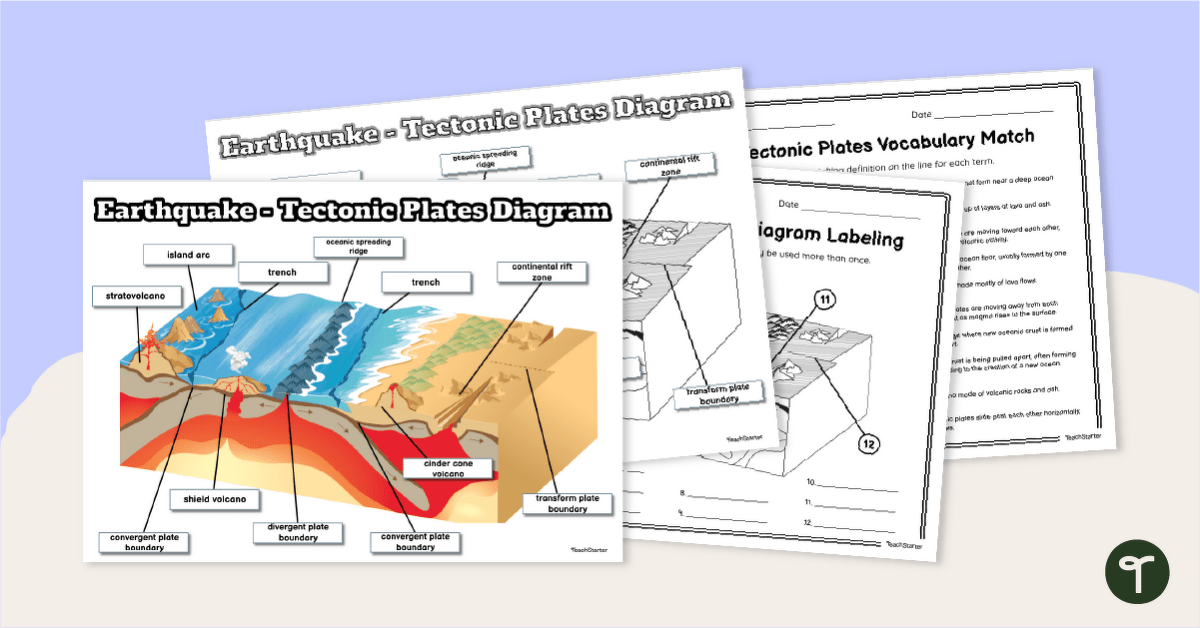

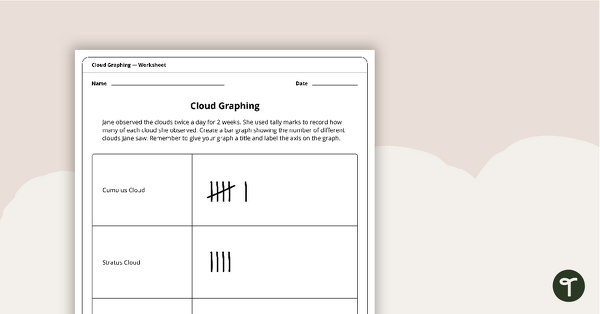

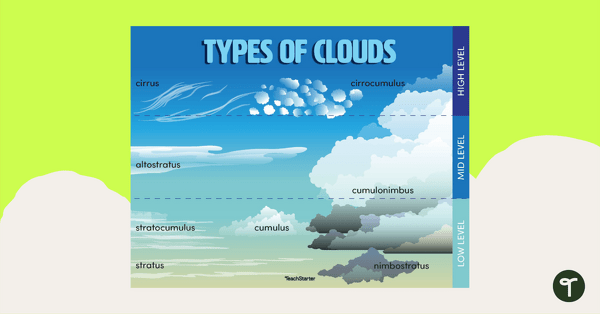
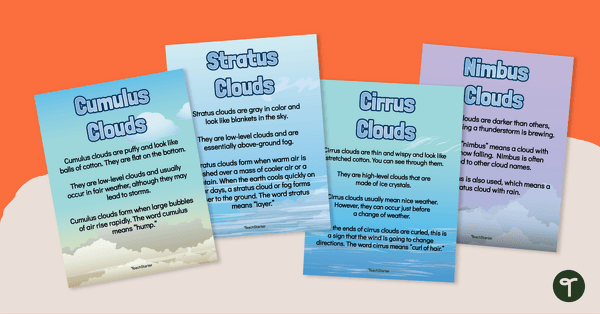

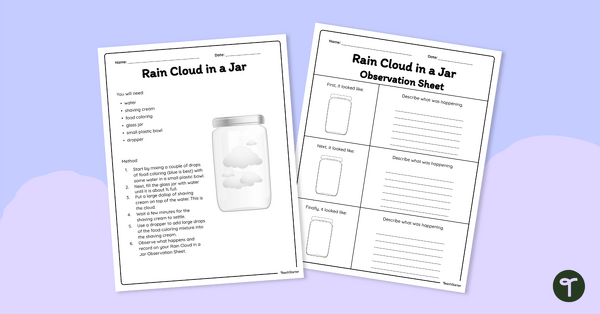
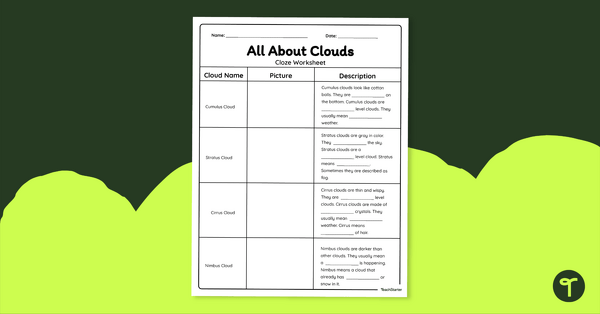
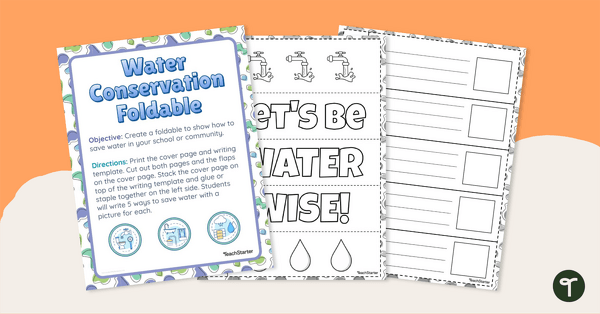

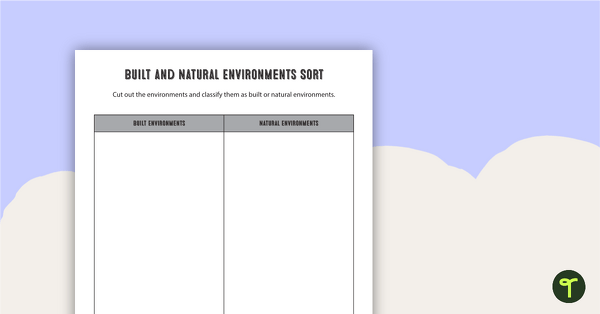
0 Comments
Write a review to help other teachers and parents like yourself. If you'd like to request a change to this resource, or report an error, select the corresponding tab above.